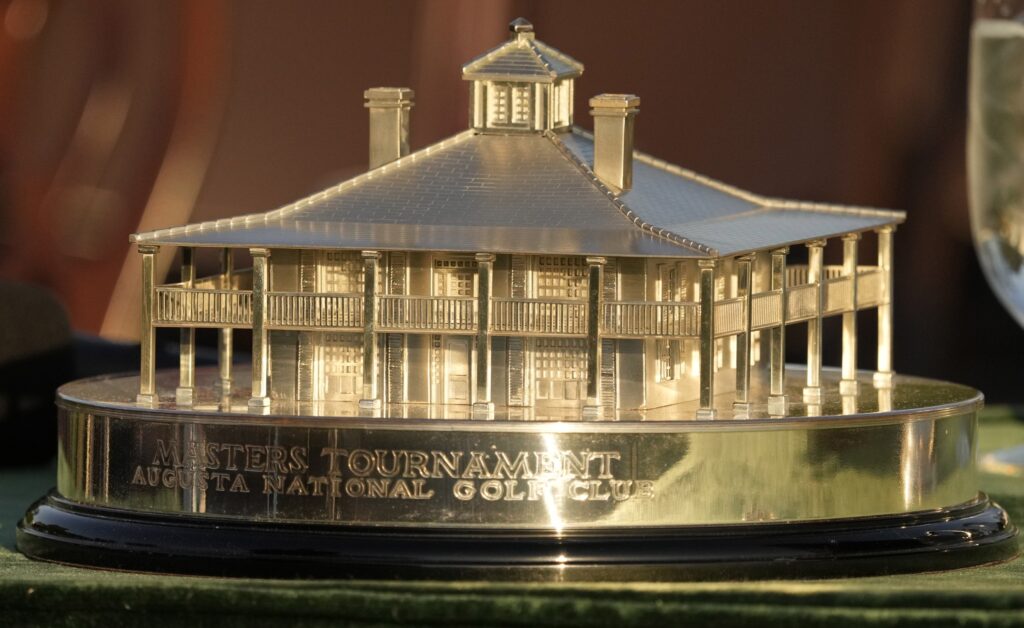A tradition unlike any other almost included a 90-yard duel to the death. Every golf fan knows the 18 holes of Augusta National Golf Club. The pristine fairways, the white-sand bunkers, Amen Corner — it’s sacred ground in the sport. But what if we told you there was supposed to be a 19th hole? A short par-3, designed not for championships, but for settling bets and bruised egos — a little extra drama after the scorecards were signed.
Yes, Augusta almost had a playoff hole for your wallet, courtesy of legendary architect Alister MacKenzie.
A Postscript to Perfection

In the early 1930s, as Augusta National was being imagined into existence by Bobby Jones and Alister MacKenzie, the two dreamed up more than just 18 holes. MacKenzie’s original blueprints included a 19th hole: a short par-3 tucked into a narrow corridor between the 9th and 18th greens.
But this wasn’t just any filler hole. It was built for one purpose: double or nothing. MacKenzie envisioned it as a final showdown, a dramatic side-bet solution where golfers could get their revenge — or lose even more — after a tough match.
The green would’ve been a beauty: a plateau-style surface, narrow at the flagstick end, wide and safe at the other. Classic risk-reward. In MacKenzie’s own words, the safer route was for “the player who has not the courage or skill to pitch to the narrow end.” Subtle shade, full brilliance.
So Why Didn’t It Happen?
Like so many great ideas in golf, money got in the way. Augusta National was broke in its early years. Recruiting members was a struggle.
The idea of adding a novelty hole, sandwiched between high-traffic areas near the clubhouse and main greens, became more fantasy than feasibility. Safety and spectator flow were also major concerns. Imagine threading a tee shot between patrons behind the 18th green and players on the nearby tee boxes. A disaster waiting to happen.
The 19th hole was ultimately scrapped before a single swing was ever made.
Augusta did build the tee box. They just turned it into the club’s original driving range.
And the green? They built that too. But not for scorekeeping. It’s now the practice green just beside the first tee, the last stop players make before launching into their round at the Masters. So, the 19th hole lives on, just disassembled and repurposed.





